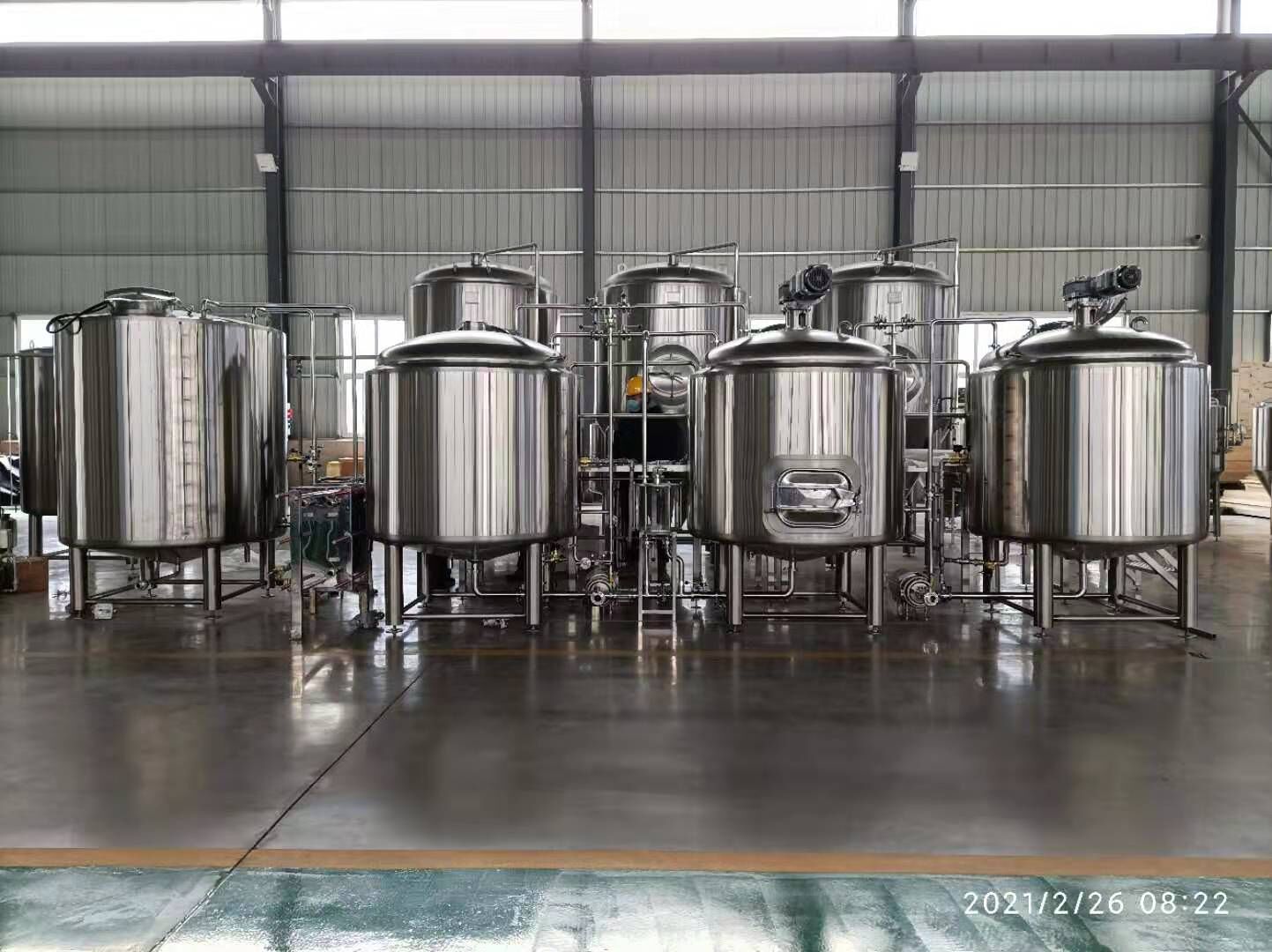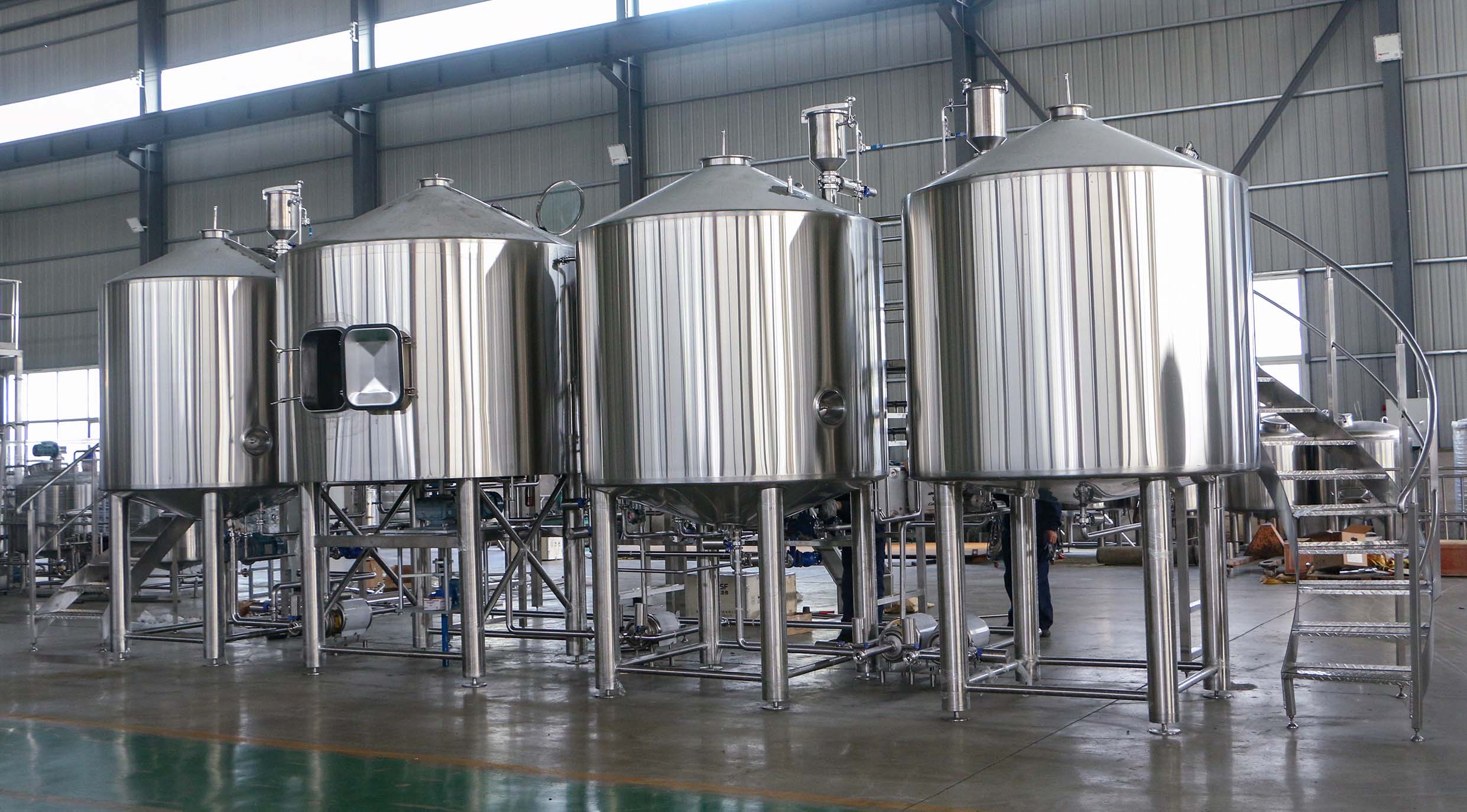RELATED
MESSAGE
Key Considerations When Choosing Brewing Equipment for Your Craft Brewery

Starting a craft brewery is an exciting venture, but selecting the right brewing equipment is a critical decision that impacts your production quality, efficiency, and long-term success. With countless options available, it’s essential to evaluate your needs carefully. In this guide, we’ll explore the top factors to consider when choosing brewing equipment for your craft brewery, ensuring your setup aligns with your goals and budget while optimizing for scalability and compliance.
1. Production Capacity and Scalability
Your brewery’s production capacity is the foundation of equipment selection. Ask yourself:
What is your target annual output? Start by estimating your sales projections. A 3-barrel (bbl) system may suffice for a nano-brewery, while a 10–30 bbl system suits larger operations.
Can the equipment grow with demand? Opt for modular systems that allow easy upgrades. For example, choosing a brewhouse with additional fermenter ports saves costs when expanding.
Space requirements: Ensure your facility can accommodate the equipment while leaving room for future additions.
2. Material Quality and Durability
Brewing equipment must withstand harsh conditions, including high temperatures, pressure, and frequent cleaning. Prioritize:
Stainless steel (304 or 316 grade): Resists corrosion and ensures hygiene. Avoid cheaper alternatives like aluminum, which degrades over time.
Welding quality: Smooth, sanitary welds prevent bacteria buildup and simplify cleaning.
Certifications: Look for NSF, ASME, or CE certifications to meet industry safety standards.
3. Type of Brewing System
The brewing system dictates your workflow and product consistency. Common options include:
Electric vs. steam-powered systems: Electric systems are easier to install and eco-friendly, while steam offers faster heating for large batches.
Single-vs. multi-vessel setups: A 3-vessel system (mash tun, lauter tun, boil kettle) allows simultaneous processes, boosting efficiency.
Automation level: Semi-automated systems reduce labor costs and human error, ideal for breweries with limited staff.
4. Energy Efficiency and Sustainability
Energy costs account for up to 30% of brewery expenses. Look for:
Heat recovery systems: Capture steam or hot water for reuse.
Insulated tanks: Minimize heat loss during mashing and boiling.
Renewable energy compatibility: Solar or biogas-ready equipment future-proofs your operations.
5. Supplier Reputation and Support
Your brewing equipment supplier is a long-term partner. Evaluate:
Industry experience: Choose manufacturers with a proven track record in craft brewing.
Warranty and maintenance: Ensure parts are readily available, and technicians can assist with repairs.
Customer reviews: Check testimonials or visit existing clients to assess equipment performance.
6. Budget and Financing Options
High-quality brewing equipment is a significant investment. Balance cost and quality by:
Prioritizing essentials: Start with core equipment (fermenters, boil kettles) and add extras like canning lines later.
Exploring financing: Leasing or equipment loans can ease upfront costs.
Considering used equipment: Refurbished systems from reputable sellers offer savings but verify their condition first.
7. Compliance and Local Regulations
Ensure your equipment meets local health, safety, and environmental regulations. Key considerations include:
Permitting requirements: Verify zoning laws and wastewater disposal rules.
ADA compliance: Design your layout for accessibility if serving onsite.
Final Tips for Success
Consult other brewers: Tap into industry networks for firsthand insights.
Plan for downtime: Schedule equipment installation during slower periods.
Test before buying: Attend trade shows or request a demo to evaluate systems.
By prioritizing these factors, you’ll invest in brewing equipment that delivers consistent quality, supports growth, and maximizes ROI. Whether you’re a nano-brewery or a regional player, the right setup ensures your craft beer stands out in a competitive market.
FAQ
1. What is the difference between a 1-vessel, 2-vessel, and 3-vessel brewing system?
1-vessel system (e.g., BIAB - Brew in a Bag): Combines mashing, boiling, and fermenting in a single vessel. Ideal for small-scale or homebrew setups.
2-vessel system: Separates mashing and boiling into two vessels, offering more flexibility than a 1-vessel system.
3-vessel system: Includes a mash tun, lauter tun, and boil kettle, allowing simultaneous processes for higher efficiency and larger batches.
2. How much does brewing equipment cost?
The cost of brewing equipment varies based on size, material, and automation level:
Nano-brewery (1–3 bbl): 50,000
Microbrewery (5–15 bbl):250,000
Regional brewery (30+ bbl): 1,000,000+
Additional costs include installation, permits, and utilities.
3. What size brewing system do I need for my brewery?
The size of your brewing system depends on your production goals:
1–3 bbl: Ideal for nano-breweries or taproom-focused businesses.
5–15 bbl: Suitable for microbreweries distributing locally.
30+ bbl: Best for regional breweries with wide distribution networks.
Always plan for future growth by choosing scalable equipment.
4. Should I buy new or used brewing equipment?
New equipment: Offers warranties, the latest technology, and customization options but comes at a higher cost.
Used equipment: More affordable but requires thorough inspection for wear and tear. Ensure it meets current safety and hygiene standards.
5. What materials are best for brewing equipment?
Stainless steel (304 or 316 grade): The industry standard due to its durability, corrosion resistance, and ease of cleaning.
Avoid aluminum: While cheaper, it’s less durable and can affect beer flavor over time.
MESSAGE



